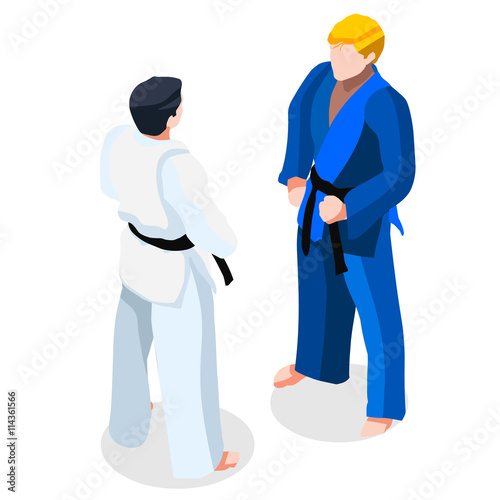A Historic Overview And Development Of Martial Arts Around The World
A Historic Overview And Development Of Martial Arts Around The World
Blog Article
Read the Full Write-up Develop By-Padilla Workman
Martial arts have a fascinating history that covers centuries and continents. You could find it appealing how old techniques like Shuai Jiao and Kalaripayattu prepared for contemporary battle strategies. These self-controls not only stress physical abilities yet additionally mirror the societies that birthed them. As you discover their development, consider exactly how globalization has actually transformed these conventional kinds right into hybrid styles. What impacts do you think have formed today's martial arts landscape?
Ancient Martial arts: The Structures of Combat
As you delve into the globe of ancient martial arts, you'll discover the abundant structures that formed battle strategies throughout societies. Early practices focused on Self-Defense and survival, frequently incorporating strikes, hurting, and weapons.
In ancient China, for example, methods like Shuai Jiao stressed throws and joint locks, while India's Kalaripayattu showcased agility and liquid movement. Japanese samurai developed Kenjutsu, a refined swordsmanship that highlighted self-control and approach.
These martial arts served not just for fight however additionally as a way of personal development, instilling values like respect and determination. The blending of these methods gradually laid the groundwork for the varied martial arts you see today, each reflecting the distinct ideologies and needs of its culture.
The Cultural Influence on Martial Arts Development
While martial arts often show the useful demands of a culture, they likewise embody the cultural values and beliefs of their beginnings. When you check out different martial arts, you'll notice how they're affected by faith, philosophy, and social norms.
For god of martial arts - chapter 140.1 , the emphasis on respect and discipline in Japanese martial arts stems from Zen Buddhism and samurai society. On the other hand, Brazilian Jiu-Jitsu advertises flexibility and approach, formed by the need for performance in a diverse, multicultural atmosphere.
You might find that the routines, uniforms, and training techniques mirror a neighborhood's background and identification. By comprehending these cultural influences, you strengthen your admiration of martial arts and their duty in shaping human experiences around the world.
Modern Adaptations and the Globalization of Martial arts
Martial arts have actually changed considerably in recent years, adapting to modern culture and global influences. You'll observe that conventional types have combined with contemporary methods, developing hybrid styles like MMA. These adaptations cater to diverse target markets, making martial arts obtainable and enticing around the world.
With what martial art is best for kids with adhd of social networks and digital platforms, you can find tutorials and competitors from all corners of the world, breaking geographical obstacles. This globalization has actually led to a shared appreciation for various disciplines, from Brazilian Jiu-Jitsu to Taekwondo.
As you involve with these arts, you'll realize they're not practically battle; they advertise physical fitness, self-control, and mental health.
Ultimately, contemporary adaptations have actually improved the martial arts landscape, making it a vibrant and advancing method.
Conclusion
In exploring the history and evolution of martial arts, you reveal a fascinating mix of strategies, societies, and viewpoints. From ancient techniques like Shuai Jiao and Kalaripayattu to the modern flexibility seen in MMA, martial arts mirror mankind's mission for Self-Defense and individual growth. As you engage with these techniques, you not only get abilities but likewise a much deeper appreciation for the diverse practices that shape our globe today. So, proceed your journey and embrace the art of fight!
